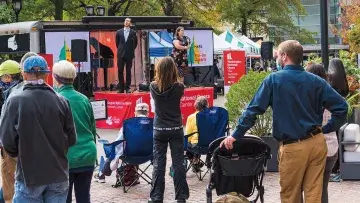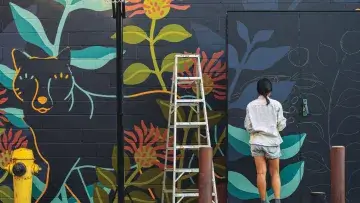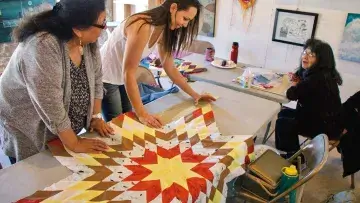Arts and the Workforce
An area of focus for the American Academy’s Commission on the Arts
The Commission on the Arts, convened by the American Academy of Arts & Sciences, prioritized recognizing the value of artists and supporting the creative workforce. The artists, scholars, activists, and leaders serving on the Commission shared a conviction that there should be an emphasis on understanding and supporting the infrastructure necessary for artists to create and make a living.
“This report calls on governments at the national, state, and local level, as well as leaders in philanthropy and the arts itself, to recognize the essential nature of artists’ work in creating a vibrant and innovative democracy.” — David W. Oxtoby, President of the American Academy of Arts & Sciences
Art Is Work: Policies to Support Creative Workers is the Commission’s answer to the question “How can we better recognize the value of artists in our national policy in order to enable the essential work they do?”


